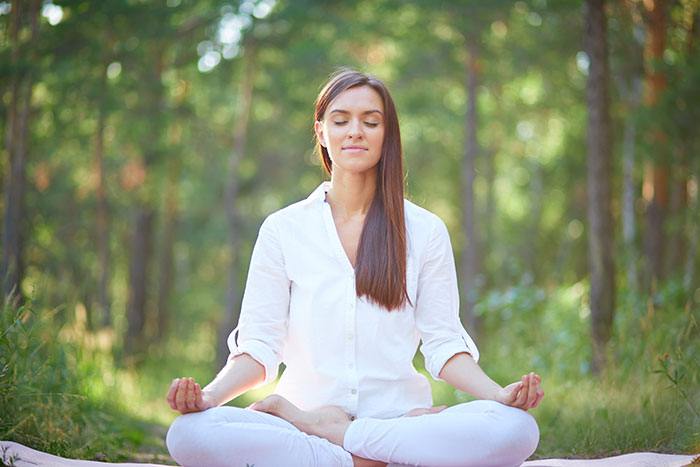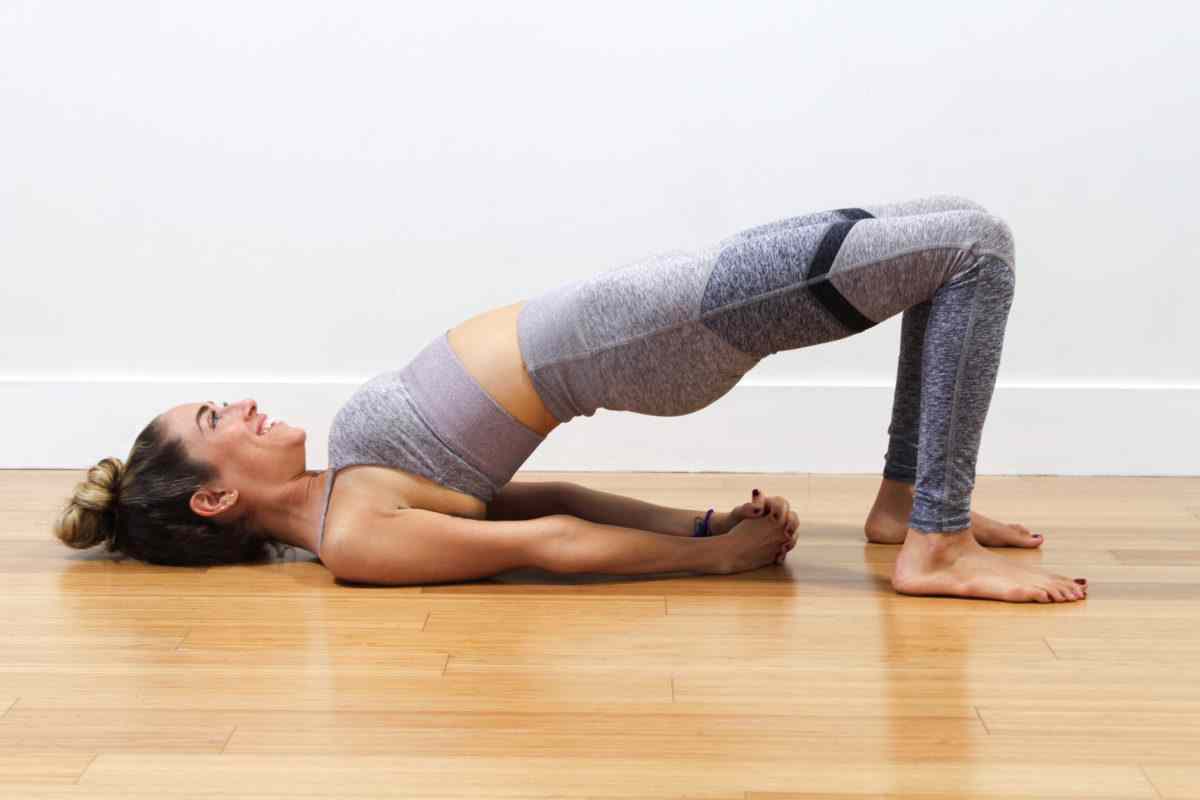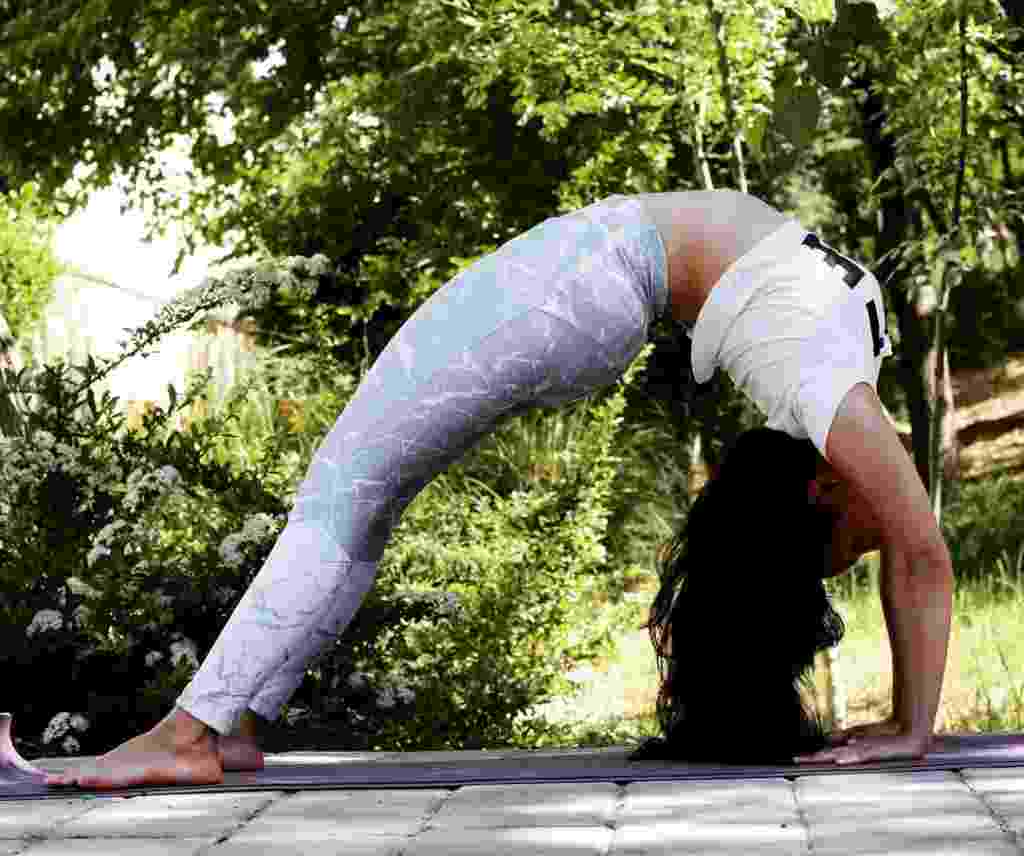An individual is very crazy and douth their potential. In this article, I will discuss the top 10 Yoga Asanas on How to increase Stamina. Physical activities like outdoor sports, escape rooms, exercise, and gym workouts can improve your stamina and make your body more resilient.
Yoga can also be an effective way to increase physical energy. With roots in Indian philosophy, yoga is a set of ancient practices that promote spiritual, mental, and physical growth. It helps to soothe the senses, reduce stress and strengthen the core of the body.
Yoga is multi-functional and individuals practice it for various reasons. Some use it for improving health and internal organ function, others for better posture and increased health confidence, and still others for increased physical energy and toned limbs and muscles.
Also read: 10 Easy Ways to Reduce High Blood Pressure with Yoga
If you’re looking for how to increase stamina and improve your body shape, try these 10 yoga poses regularly. And these poses can also be practiced by beginners:
Top 10 Yoga Asanas How to Increase Stamina and Boost Energy
Goddess Pose (Utkata Konasana)

The Utkata Konasana, also known as the goddess pose, resembles a squat and is a beginner-friendly yoga pose. It improves concentration and rejuvenates both physical and spiritual energy. By requiring balance and focus on the lower body, like the thighs and toes, it tones the lower body and boosts muscular agility. The pose opens up the chest and hips and aids in diaphragm relaxation, thereby strengthening the respiratory system.
In addition to these benefits, the goddess pose also activates the cardiovascular system and urogenital regions, preventing urinary and reproductive disorders. It is an easy pose with no adverse effects, but it should be avoided if you have recent chronic injuries in the legs, shoulders, or hips.
Lotus Pose (Padmasana)

The Padmasana, also known as the lotus pose, is one of the most widely recognized yoga postures and is considered a classic yoga position. Despite its popularity, it is an advanced yoga pose and should not be attempted by beginners. Regular practice can increase the required flexibility. The lotus pose calms the mind and harnesses inner energy, while stretching the knees, hips, ankles and supporting the upper back and spine. It also improves blood circulation in the pelvic area, making it helpful in reducing menstrual cramps and discomfort in females.
Also read: The Ultimate Guide to Ayurveda Herbs Fat Burn
According to many yoga experts, the lotus pose is believed to cure illnesses and purify the soul. By practicing for extended periods and focusing during meditation without distractions, one can tap into their true inner spirit.
Bow Pose (Dhanurasana)

The Dhanurasana, also known as the bow pose, is an effective yoga exercise for individuals who spend long hours sitting at a desk. The backbend helps stretch the hips and hamstrings and improves posture. It opens the heart, chest, and shoulders and strengthens the back, reducing strain and fatigue from extended sitting.
In addition to physical benefits, the Dhanurasana is known to regulate blood pressure and heart rate. It relaxes the mind, grounds the body, and provides a positive boost of energy.
Boat Pose (Paripurna Nawasana)

The Paripurna Nawasana, also known as the Boat pose, is a seated yoga exercise that enhances body awareness and promotes focus. It counters the negative impacts of prolonged sitting at desks or in front of computers. This pose improves posture, strengthens the core and hip flexors, and builds strength in the thighs. Additionally, it works on the abdominal muscles and lowers back muscles that support the spine.
The Boat pose, or Paripurna Navasana, is a seated yoga exercise that enhances body awareness and promotes focus. It helps counteract the negative effects of extended periods of sitting at a desk or computer. This pose improves posture, strengthens the core, hips, and thighs, and works on the abdominal and lower back muscles that support the spine. It is also considered a mental test that requires you to push beyond the discomfort of the body, leading to improved posture, ease in physical activities, and reduced risk of injury. Regular practice of this pose can lead to a feeling of lightness, as if you’re sailing like a boat, according to yoga experts.
Bridge Pose (Setu Bandha Sarvangasana)

The Setu Bandha Sarvangasana, also known as the Bridge pose, is a beginner-friendly reclined yoga pose. It is often performed at the end of a yoga session and opens the chest and heart while stretching the front of the body. The Bridge pose is useful for advancing in backbends and as a stepping stone for learning other yoga poses.
The Bridge pose strengthens the hips and legs, massages the thoracic spine, and provides a sense of peace and inner satisfaction. With careful practice, it revitalizes and energizes the body, leading to a feeling of mental and spiritual refreshment.
Fish Pose (Matsyasana)

The Fish pose is a backbend done while lying on the back. The heart chakra is lifted by raising the elbows and drawing back the shoulders, stretching the neck and pointing the crown towards the wall behind.
The Fish pose, a reclined back-bending exercise in yoga, involves lying on the back and lifting the heart chakra by getting up on the elbows and drawing back the shoulders, resulting in a stretch in the neck with the head pointing towards the wall behind. With practice, the arch deepens and the heart and throat regions open more, fighting fatigue and promoting the flow of physical and mental energy. This pose is beneficial for various conditions such as constipation, anxiety, menstrual pain, and backaches, and is said to lead to swimming proficiency with regular practice in water.
Upward-Facing Bow Pose (Urdhva Dhanurasana)

The Wheel pose or Upward-facing Bow is a challenging and advanced backbend in yoga. Despite its difficulty, the Urdhva Dhanurasana is highly effective in strengthening the back and spine while also stimulating all 7 chakras in the body. This pose not only boosts energy and helps alleviate mild depression, but also tones the arms, wrists, abdomen, spine, and legs.
The Upward-facing Bow or Wheel pose is a challenging and advanced back-bending yoga posture that targets the entire body and stimulates the seven chakras. In addition to boosting energy and alleviating mild depression, it strengthens the back and spine, arms and wrists, abdomen, and legs. This yoga pose lengthens and opens the chest and lungs, making it effective for respiratory issues such as asthma and chest discomfort. It is typically performed at the end of a yoga session when the body is warm and flexible.
Crane Pose (Bakasana)

The Crow pose is a challenging arm-balancing yoga exercise that tests your physical and mental abilities. Although it’s considered an advanced pose, regular practice can help you achieve it quickly compared to other arm-balancing poses. This pose provides a great opportunity to challenge yourself and explore the limits of your body’s strength and flexibility.
The Crane or Crow Pose is a challenging arm-balancing yoga that tests your body and mental resolve. With regular practice, you can master this pose more quickly than other arm-balancing yogas. By working on this pose, you can improve your focus and confront your inner fears and anxieties. Additionally, Bakasana tones your muscles by stretching your buttocks, strengthening your core, upper chest, back of your thighs, arms, and wrists.
| FOR NEWS | FOR FASHION |
|---|---|
| 👉 Telegram Group | 👗 WhatsApp Group |
| 🔥 WhatsApp Group | 💄 Fashion Telegram |
| ⚡ Facebook Group | 👩 Facebook Group |
It is an excellent exercise for building abdominal muscles and growing overall strength. The pose also provides a stretch in your upper back, groin, wrist and hip flexors, making it a great way to tone your arms and the entire body. Try combining it with the Crow Pose for even better results.
Upward-Facing Dog Pose (Urdhva Mukha Svanasana)

The Urdhva Mukha Svanasana, or Upward-facing dog pose, is a commonly practiced backbend in yoga. This pose strengthens your spine and improves your posture by lifting and opening your chest and heart. The raising of the head also helps with balance, making it a beneficial exercise for the overall structure of your body.
The Upward-facing dog pose, also known as Urdhva Mukha Svanasana, is a back-bending yoga exercise that is part of the Surya Namaskar sequence. This pose helps improve posture and balance, and has a positive impact on physical and mental well-being. Practicing this pose can help reduce fatigue and depression, stimulate abdominal organs, lengthen the shoulders, lungs, abdomen, and chest, and strengthen the wrists, arms, and spine.
Camel Pose (Ustrasana)

The Camel pose is a back-bending yoga posture that stretches the front of the body. It is commonly found in Vinyasa and Power yoga practices and is considered an important part of the 26-postures in Bikram Yoga. The posture is performed on the knees and is often used as a warm-up exercise to prepare for other more intense back-bend poses.
The Camel pose, also known as the Ustrasana, is a back-bending yoga exercise that stretches the front of the body. A part of Vinyasa and Power yoga, it is also included in the 26-pose Bikram Yoga series. Performed on the knees, it serves as a warm-up for deeper backbends. This yoga pose enhances the strength and flexibility of the spine, improves breathing capacity, and alleviates back and neck pain. Additionally, it balances the fourth and fifth chakras, opens the heart area, and increases awareness of inner feelings.
Conclusion:
Yoga poses offer numerous physical and mental benefits. They help improve flexibility, posture, strength, and balance. Each yoga pose targets specific areas of the body and helps improve specific physical and mental health conditions. Regular practice can help you achieve greater physical and mental wellness, and reach your full potential.
FAQs Related to how to increase stamina with Yoga Asanas for Beginners
Q. What are some yoga asanas for increasing stamina?
A: Some effective yoga poses for increasing stamina include: Surya Namaskar, Virabhadrasana, Vrikshasana, Uttanasana, and Adho Mukha Svanasana.
Q. How often should I practice yoga for increasing stamina?
A: Practicing yoga 3-4 times a week can help increase stamina over time.
Q. How long should I hold each asana for best results?
A: Holding each asana for 3-5 breaths is a good starting point, gradually increasing the duration as your stamina improves.
Q. Can yoga increase my physical stamina?
A: Yes, yoga can help increase physical stamina by improving flexibility, strength, and endurance.
Q. Is yoga alone enough to increase my stamina?
A: Yoga can be an effective tool to increase stamina, but it’s best to combine it with other physical activities and a balanced diet for optimal results.
Q. Can I increase my stamina with yoga even if I am not flexible?
A: Yes, flexibility will improve over time as you practice yoga, but you can start by modifying poses to suit your current level of flexibility.
Q. Can I increase my stamina with gentle yoga?
A: Yes, gentle yoga can still help increase stamina, especially if you’re just starting out or have limited mobility.
Q. Can yoga help improve my cardiovascular stamina?
A: Yes, some yoga poses, such as Surya Namaskar and Ashtanga yoga, can help improve cardiovascular stamina.
Q. What breathing techniques can help increase my stamina with yoga?
A: Deep breathing techniques such as Ujjayi and Nadi Shodhana can help increase stamina and support physical effort during yoga practice.
Q. Can yoga help increase my mental stamina?
A: Yes, yoga can help increase mental stamina by reducing stress and improving focus and concentration.
Q. What should I eat before practicing yoga for increased stamina?
A: Eating a light, healthy meal rich in carbohydrates and protein about an hour before practicing yoga can help provide the energy you need for a longer practice.
Q. What should I drink before practicing yoga for increased stamina?
A: Drinking water before practicing yoga can help keep you hydrated and maintain your energy levels.
Q. Can yoga help improve my athletic performance?
A: Yes, yoga can help improve athletic performance by increasing strength, flexibility, and endurance.
Q. How can I track my progress in increasing my stamina with yoga?
A: Keeping a yoga journal and tracking how long you can hold each pose can help you see your progress over time.
Q. Is it okay to push myself to my limits during yoga practice?
A: No, it’s important to listen to your body and not push yourself beyond your limits during yoga practice. Practicing mindfully and with proper alignment is more effective in the long term.
